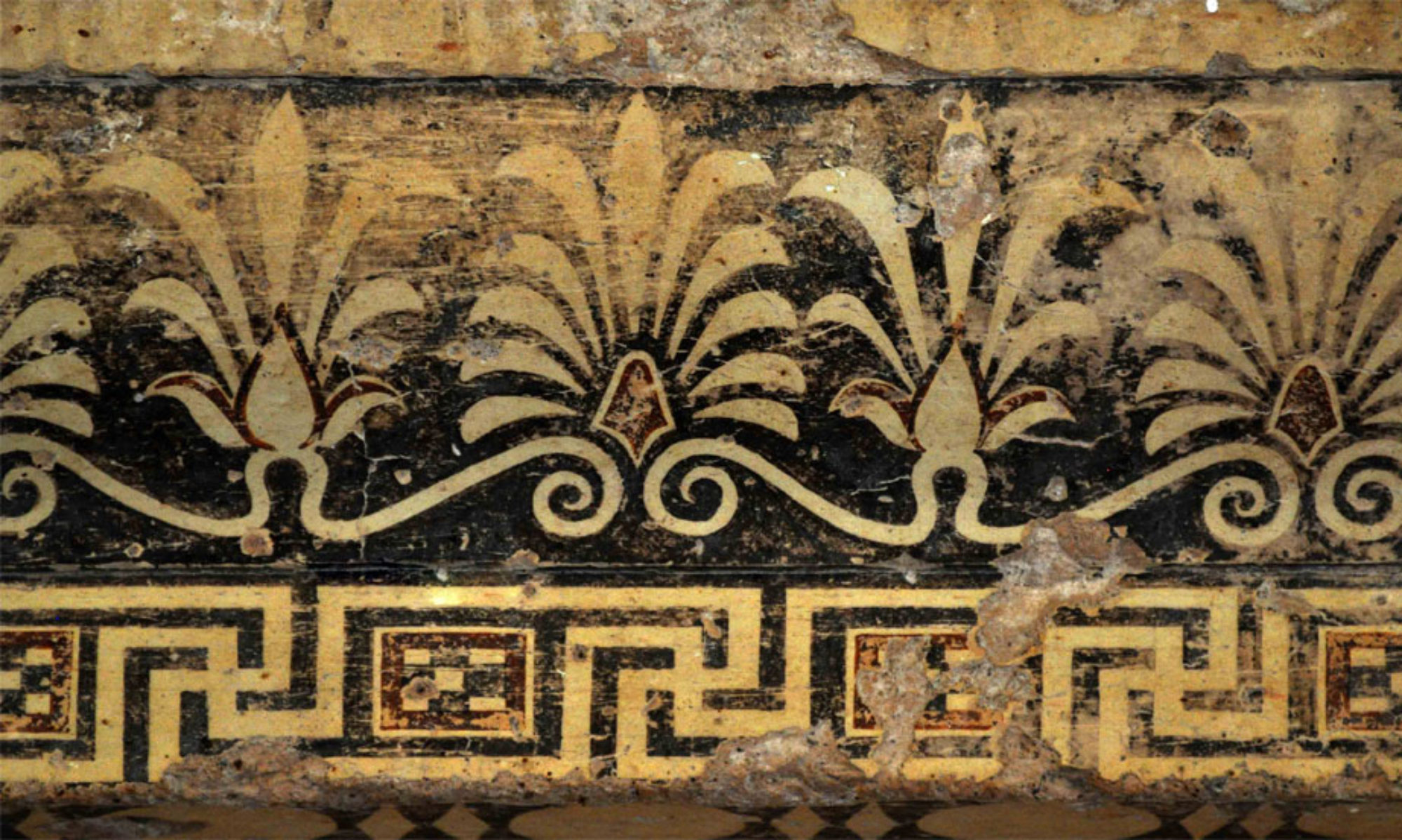Instructions for submitting a manuscript for publication in Kathedra Journal
1) Manuscripts submitted for publication in Kathedra Journal should be sent via email to the editorial address kathedra.ens@gmail.com in DOC as well as in PDF format.
2) The recommended length for submitted research papers is up to 40 000 symbols, including spaces and the main list of references.
3) Format text in Times New Roman, 10 pt font with single line spacing and 2 cm margin all round.
4) – On the first page, leave two lines blank and then type the paper’s title in bold and centered, using initial capitals only for the first word and any proper names. Do not use a full stop at the end of the title.
– Beneath the title, type the author’s initials and surname in bold italic type.
– On the next line, type the author’s institutional affiliation, city and country in italics. Please do not specify more than one affiliation per author.
– On the next line, provide the author’s email address in italics.
5) Leave one line blank and then provide a brief abstract of no more than 500 symbols or 8 lines. Be sure the abstract walks the reader through the major aspects of the article and includes the paper’s main objectives and results. The abstract should be indented by 2 cm from both the right and left margins and followed by a single blank line.
6) Beneath the abstract, give five to seven keywords central to the manuscript: separated by commas, in italic type, with an indent of 2 cm from both the right and left margins. Do not use a full stop at the end of the line.
If the author chooses to include acknowledgments recognizing funders or other individuals, this information should be placed on a separate line after the keywords.
7)Leave one line blank and then type the main body of the article. Use Times New Roman, 10 pt font with single line spacing. Indent the first line of each paragraph by 1 cm from the left margin. Do not use the space bar to achieve tabs or indents or to align text.
8) The body of the article should be divided into a sequence of numbered and headed sections and subsections, separating the different main ideas in a logical order. The Introduction and Conclusion are obligatory parts. All headings and subheadings should be in bold.
9) The recommended font for text in footnotes is Times New Roman, 9 pt with single line spacing. You can enter up to 430 characters for each footnote.
10) All tables (if any) should be numbered consecutively with Arabic numerals and accompanied by a brief descriptive title. The number (Table 1, Table 2) and the title of each table is placed at the top of the right edge of each table. The only table in the manuscript is not numbered. Coloured text and shading should not be used. Each table is followed by a single blank line.

11) References inside the text are put in square brackets: [Ivanov 1990]. After the year of issue, a colon and page number(s) follow: [Ivanov 1990: 25], or [Ivanov 1990: 25–40], or [Ivanov 2004: 35, 45, 50]. If several works by the same author for the same year are mentioned in the References, alphabetic specifications should be used: [Ivanov 1995a; 1995b].
12) Examples inside the text are given in italics without quotation marks. The source title and the writer’s name are given in parentheses, e.g.: (Pushkin A.S. Autumn).
13) The list of References is given at the end of the article and is arranged alphabetically, without numbering. The authors’ names and initials should be given in italics. This list includes only the works mentioned in the text. Self-citations should not exceed 30%.
The references should be presented as follows:
Book by one or several authors:
Mackridge P. Language and National Identity in Greece, 1766–1976. New York: Oxford University Press, 2010.
Καραντζόλα Ε., Φλιάτουρας Α. Γλωσσική αλλαγή. Αθήνα: Νήσος, 2004.
Edited volume:
Granger S., Meunier F. (eds.) Phraseology: an interdisciplinary perspective. Amsterdam / Philadelphia: John Benjamins Publishing Company, 2008.
Παυλίδου Θ.-Σ. (επιμ.) Ερωτήσεις-απαντήσεις στην προφορική επικοινωνία. Θεσσαλονίκη: Ινστιτούτο Νεοελληνικών Σπουδών, 2018.
Journal Article:
Benigni V., Ramusino P.C., Mollica F., Schafroth E. How to apply CxG to phraseology: a multilingual research project // Journal of Social Sciences 11(3), 2015. P. 275–288.
Langacker R.W. Metaphor in linguistic thought and theory // Cognitive Semantics 2, 2016. P. 3–29.
Αλβανούδη Α. Απαντήσεις σε ερωτήσεις ολικής άγνοιας στη γλωσσική διεπίδραση: επιρρήματα, μόρια και ετεροεπαναλήψεις // Μελέτες για την ελληνική γλώσσα 39, 2019. Σ. 47–64.
Book chapter / Contribution in an edited volume:
Tjupa V. Heteroglossia // P. Hühnet al. (ed.). Handbook of Narratology. Berlin: W. de Gruyter, 2009. P. 124–131.
Βασιλοπούλου Α. Το σύμπλεγμα διαδοχικών ερωτήσεων ως τεχνική υπαινικτικής εκμαίευσης στο Νηπιαγωγείο // Θ.-Σ. Παυλίδου (επιμ.). Ερωτήσεις-απαντήσεις στην προφορική επικοινωνία. Θεσσαλονίκη: Ινστιτούτο Νεοελληνικών Σπουδών, 2018. Σ. 191–212.
14) At the end of the manuscript, leave one line blank and then type in Greek or Russian:
– the paper’s title (in bold and centered),
– the author’s initials and surname (in bold italic type),
– the author’s institutional affiliation, city and country (in italics),
– the author’s email address (in italics),
– a brief abstract of no more than 150–200 words,
– keywords,
– a list of References. All sources in languages that use scripts other than Latin should be given in Latin transliteration.
To convert Greek characters into Latin characters please use the following online tool: http://www.passport.gov.gr/passports/GrElotConverter/GrElotConverter.html
To convert Russian characters into Latin characters please use the following online tool: https://nyc-brooklyn.ru/transliteration/
